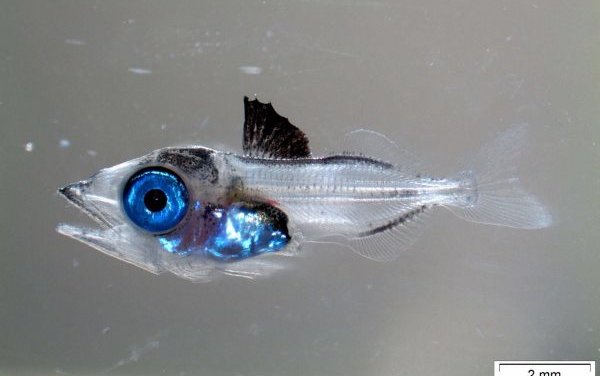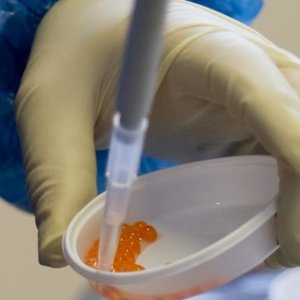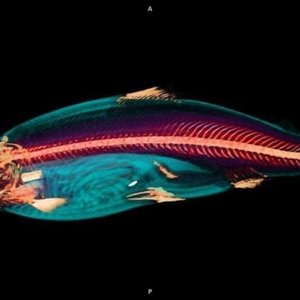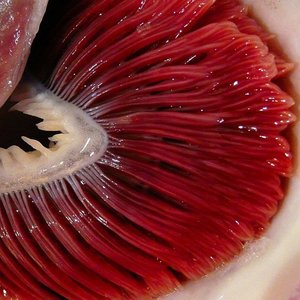Tuna farming has grown over the last few years particularly in Europe, US, Australia, Mexico and Japan. Atlantic bluefin tuna (Thunnus thynnus) have been tested for their farming suitability but mass mortality is still one of the main constraints in larval rearing. Data related to the feeding sequence of tuna larvae suggests that mortality observed during the first stages could be partly due to nutritional deficiencies. Previous studies demonstrate that copepods appear to be a superior live prey compared to rotifers during the first 2 weeks of life.
Researchers from the University of Stirling, the University of Cádiz and IEO in Spain evaluated different feeding strategies during first feeding of Atlantic bluefin tuna larvae from a performance, compositional and molecular perspective. One strategy consisted of feeding tuna larvae with copepod (Acartia tonsa) from mouth opening to 13 days after hatching followed by enriched Artemia, Acartia nauplii and copepodites or yolk-sac sea bream larvae (Sparus aurata). The other strategy was a typical hatchery procedure, starting with enriched rotifers followed by enriched Artemia.
During first feeding, larvae that fed on copepods had grown better than those that fed on enriched rotifers, although survival rate was similar. At 18 days, larvae fed with yolk-sac larvae and Artemia were the largest in size. Larvae cultured under the common protocol, rotifer and Artemia, showed the lowest growth with no significant differences in survival among the dietary treatments. Researchers suggest that if the start of the piscivory stage is delayed, larvae fed with copepods do not show any advantage in growth compared to larvae fed with rotifers. Read full study here.
This study was performed at IEO in Spain at the Infrastructure for Atlantic Bluefin Tuna Aquaculture (ICAR). It aims to study the culture of Atlantic bluefin tuna. ICAR has open a procedure for requesting access to its facilities. Scientific teams, technical teams or anyone who would like to have access to ICAR’s facilities must do so through an application form describing the project to be carried out and indicate what resources, facilities and/or services theyplan to use. More information here.
Advertisement













